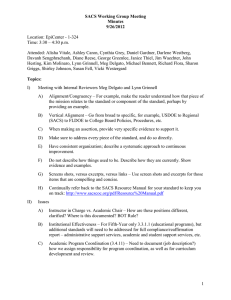Analysis Training PPT Slides
advertisement
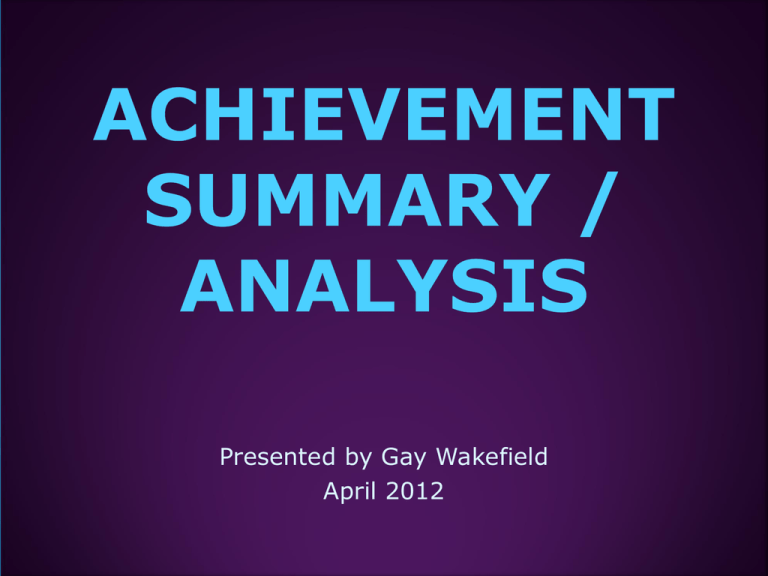
Presented by Gay Wakefield April 2012 “You have made one of the most important fundamental points: Our success in public education is going to be gauged not by the amount of money we put in it, but by the results that we get and the outputs—and we are going to spend a lot of time, I think, clarifying just what the outputs are [that] we desire, in very empirical form, and then how do we get there in terms of effort expended and money invested there. Teaching, as the representative alluded to, is going to be a big, big part of that.” ~ Sen. Kel Seliger April 6, 2012—14:50—assessment; 16:27—budget cuts too hard on higher ed SACS Must Fifth-Year Interim Self-Study reflect assessment maturation Upgrade of SLO reporting frequency (2-3 times in each 5-year period) Thorough analyses of results Improved annual documentation Academic Highest Assessment Section area of noncompliance citations Citations for 93% of recent Fifth-Year Interim Reports Among most frequent citations Limited data—details and factors Immature data—trends and changes Non-representative sampling Not addressing all distance education, alternate-delivery modes, and offcampus program sites Including those added since previous SACS accreditation review Demonstrate Annual If ongoing compliance. reporting improvement sampling … Include rationales for the sample as reasonable and representative. Include data on programs offered at off-campus sites and via distance learning. Required if >50% of program available without classes on main campus Must compare results to Stephenville results Provide “Not Use analyses of data. just data dumps” (SACS quote) clear, succinct writing. Avoid discipline jargon Reviewers likely not from your field Expectations Triangulated measures Action-plan progress each semester Factor findings and implications Data trends Action-plan completion rates and results Analysis=interpretation According Craft of data to SACS and THECB like discussion section of journal article or grant report Click to reach WEAVE log-in page. Use Tarleton name and password. Select a program you manage. Apply information learned in this training session. Revise your program’s 2010-11 “Assessment Summary/Analysis.” Step-by-step screen shots follow. Additional help and resources: Accompanying example handout Academic Assessment Committee representatives (click for list) then you have not entered 2010-11 findings, which were due 5/31/11. Enter those findings, then continue. Provides analysis info needed for annual After expanding this section, compare what you see to the example on the handout accompanying this training session. If If you see no entry, click “Add.” you see an entry that does not meet required criteria, click “Edit.”
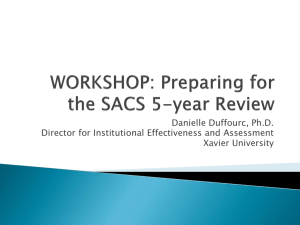
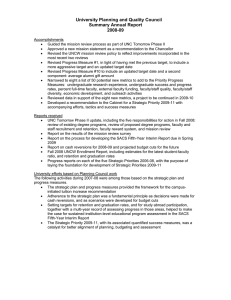

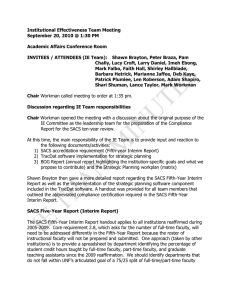
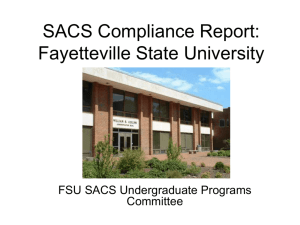
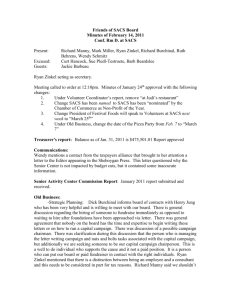
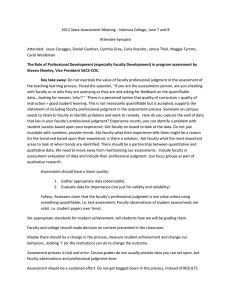
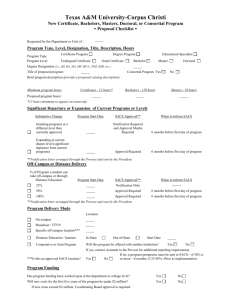
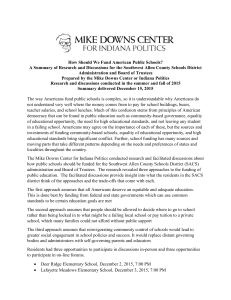
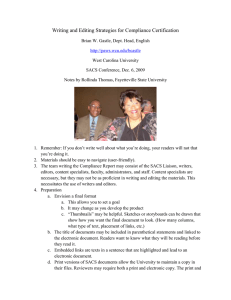
![400.1.1.1[R] A G](http://s2.studylib.net/store/data/012136193_1-9dbdbabf4d7f30d037374cf2cea5d82c-300x300.png)
